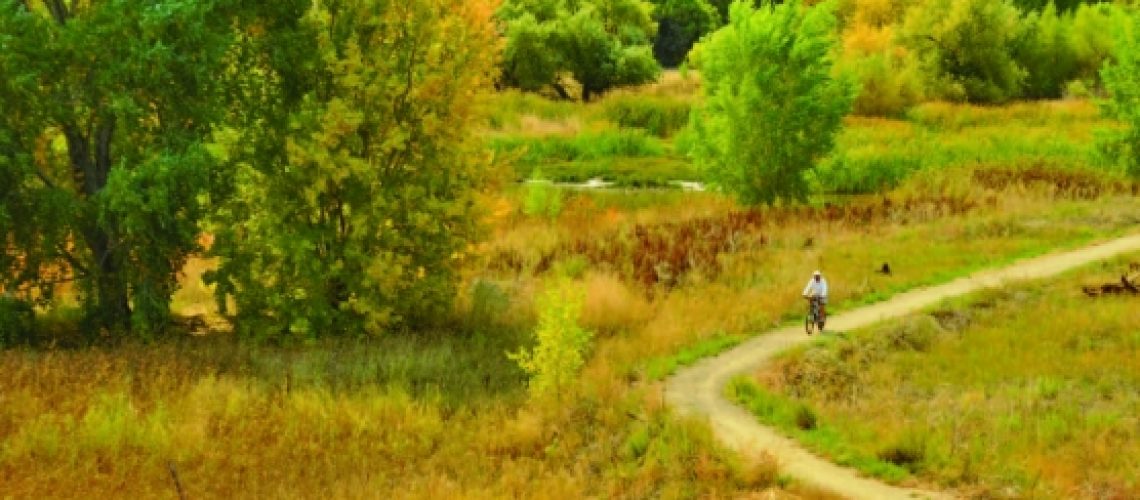Executive Summary
Had we heeded John Wesley Powell’s advice of more than 130 years ago …that simple logic demanded we become part of a community based on our common water course… perhaps this project would not be necessary. Since we did not, it is now urgent that we take steps now to safeguard our watershed – The Watershed We Want.
The Watershed We Want: Granite Creek to the Verde River will transform policy development to integrate consideration for the natural environment, education, and sustainable economic development. The project will result in a community connected and enriched by its common water course.
The diverse and asset-rich 359 square mile, or 224,000-acre, Granite Creek Watershed with its four growing cities and rural communities is the setting for The Watershed We Want. As the first headwater tributary to the Verde River – one of Arizona’s last and longest free-flowing rivers – the Granite Creek Watershed is vital to the flow of the first 25 miles of the Verde River. Supporting critical habitat for wildlife and supplying water for approximately 2.7 million people, the area features some of the most beautiful scenery in the West.
Prescott, the first Territorial Capital of Arizona, was founded in the Granite Creek Watershed because of its wealth of natural resources – notably water. Since 1864, the population has grown to exceed 100,000 residents. The economic base has shifted from agriculture and mining to services and development. These changes have resulted in dramatic degradation and loss of irreplaceable resources such as water and open space. A 2009 Watershed Survey revealed that 97% of respondents rated the importance of protection or restoration of Prescott’s waterways as “very important” or “somewhat important.”
The Watershed We Want is our last best chance to secure critical properties that have met and exceeded acquisition metrics established by the City of Prescott and local open space advocates. While strides have been made with the protection of some watershed assets, additional work must occur now. Watson Woods Riparian Preserve, Watson and Willow Lakes, properties at the confluence of Granite Creek and the Verde River, and dispersed open spaces within the City of Prescott will be brought together – as a “string of pearls” – by this project. This process will provide opportunities for civic engagement through planning for and assessment of additional “pearls” for acquisition. As depicted in the accompanying map, the scenic and historic Granite Dells area is the focal point, or hub, of The Watershed We Want.
The time is now for The Watershed We Want. The Granite Creek Watershed is in trouble – its water future is uncertain and its surface waters are impaired. Our watershed has experienced unprecedented growth during the past decade. This, unfortunately, is an old story that many other Arizona regions have experienced. A history lesson that played out along streams and rivers as cities grew and needed to supply the water demands of their residents. Will the Granite Creek Watershed go the same route as the Santa Cruz River, which ran dry? It is urgent that we work together to conserve the “pearls” of the Granite Creek Watershed.
The Watershed We Want will transform the economic base of this region. The natural environments of the Central Arizona Highlands provide a high quality of life for local residents and they attract many visitors to the region. It is essential to conduct an economic impact study as part of this project to document the importance of the environmental, ecotourism, outdoor education, and recreation sectors as current and future contributors to a sustainable economy. The baseline data resulting from the study will inform subsequent stakeholder efforts to develop land-use and marketing action plans that will drive the economic opportunities in support of The Watershed We Want.
People care for what they care about. In what watershed do you live? From where do you derive your water? Connecting people with their home watershed and its natural environment will be an essential component of The Watershed We Want. Peoples’ fundamental need to connect with the natural world will be fostered through broad-based educational opportunities for students and families, expansion of citizen science[1] programming (with the aim of promoting civic engagement), and through direct service projects completed by volunteers.
The leadership behind The Watershed We Want has the years of experience, credibility, and diverse involvement within in the watershed to succeed. While each organization brings specific expertise to the project, all have complementary missions, community connections, and influence to accomplish this ambitious project. This project provides the incentive and resources that will coalesce the partners’ energy and focus for transformative change in the watershed.
[1] Citizen science is a term used for the systematic collection and analysis of data; development of technology; testing of natural phenomena; and the dissemination of these activities by researchers on a primarily avocational basis. From: http://en.wikipedia.org/wiki/Citizen_science
Attachment:

